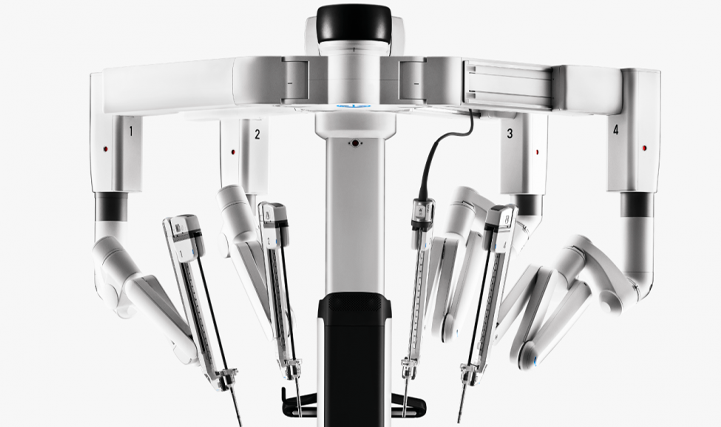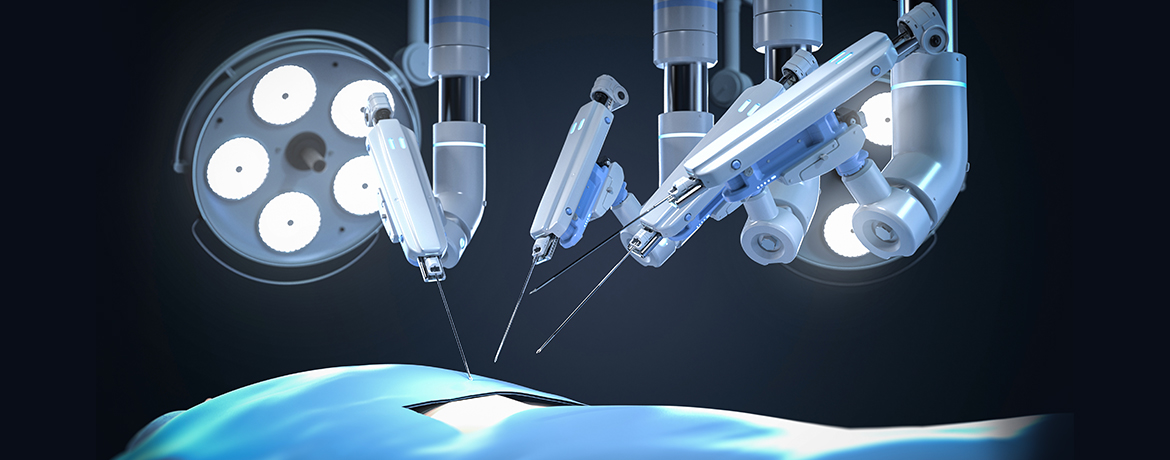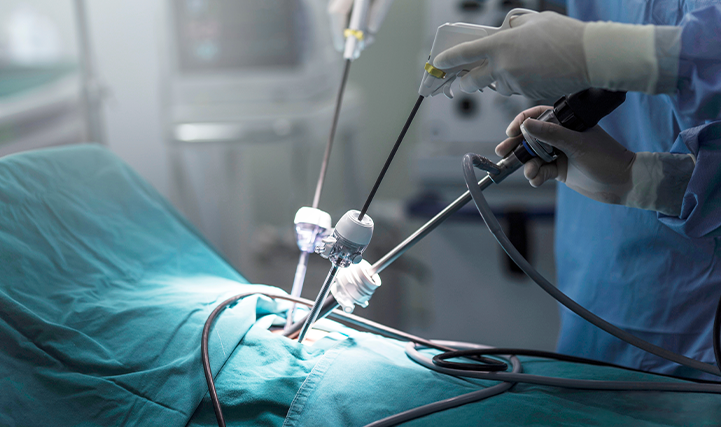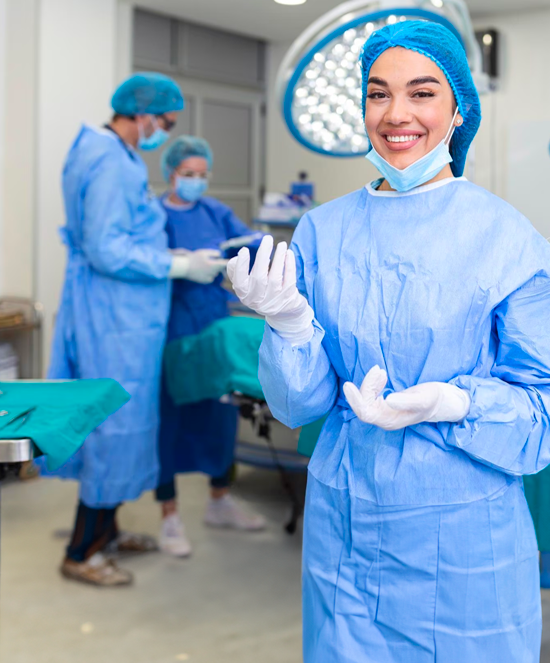Advanced Surgery
When most people think of surgery, they imagine a large incision over the surgical site with lots of bleeding. While open surgeries like this still have their relevance, here at Hospital Picaso, we dedicate ourselves to the latest and most precise forms of surgery through our Advanced Surgery Centre of Excellence.
Hospital Picaso is proud to be home to some of Malaysia’s most experienced surgeons — each with more than a decade of surgical experience in their respective fields and are constantly improving their craft. Still, skill is only one side of the equation when it comes to Advanced Surgery — technology plays a huge role in our operating theatres.
da Vinci Xi Surgical System
The da Vinci Xi Surgical System is the peak of what robotic surgery has to offer — and you can find it here as part of our Advanced Surgery Centre of Excellence at Hospital Picaso. This robotic surgical system unlocks a myriad of possibilities for our surgeons during surgery, providing many benefits to our patients.


The Future is in Our Hands
As the fourth-generation da Vinci system, the da Vinci Xi is capable of sensing our surgeon’s hand movements, letting them operate the machine as if it was an extension of themselves. With its four flexible arms, the surgical system enables our team to perform minimally invasive surgeries that are too complex for the average surgeon.
With over 7,500 da Vinci systems deployed across 70 countries, surgeons throughout the world have been performing over 12 million surgeries with the help of these advanced robots. While there are many proven cases vouching for the effectiveness of these surgical systems, what are the benefits advanced robotic surgery provides to patients as opposed to traditional open surgery?
While the cost of having a robotic surgery is certainly more expensive than traditional open surgery, one consideration that patients have to make is that recovering from a robotic surgery is much quicker. As a result, hospitalisation fees are lower.

Faster post-operative recovery

Reduced blood loss

Lower risk of infection

Less post-operative pain

Less scarring

Minimised human error

Minimally Invasive Surgery
Similar to robotic surgery, minimally invasive surgery forgoes a large incision on the body in favour of a tiny incision. Through this tiny incision, the surgeon will insert specialised laparoscopic instruments to perform the surgery.
Patients tend to report less pain and better recovery following a minimally invasive procedure. However, depending on the patient’s condition, the option to have minimally invasive surgery may not always be present.
How Do We Apply Robotic and Minimally Invasive Surgery?
Surgeons may operate on the uterus and its surrounding areas without leaving a noticeable scar through robotic/minimally invasive surgery. Surgeries are mainly done on the female reproductive system, addressing various conditions such as:
- Endometriosis
- Uterine fibroids
- Ovarian cysts
- Endometrial cancer
- Fertility conditions
From the oesophagus down to the stomach, the precision that comes with Robotic/minimally invasive surgery is highly sought after for conditions such as:
- Gastroesophageal reflux disease (GERD)
- Hiatal hernia
- Esophageal cancer
- Stomach cancer
- Cholecystitis & cholelithiasis (gallstones)
Robotic/minimally invasive surgery is commonly done for conditions involving the urinary tract and reproductive organs. These can include:
- Prostate conditions: prostate cancer, benign prostatic hyperplasia (enlarged prostate)
- Bladder conditions: bladder cancer, bladder prolapse
- Urethral conditions: urethral stricture, urethral prolapse
- Testicular conditions: testicular cancer, testicular torsion (twisting of the testicle causing loss of blood flow), hydrocele (accumulation of fluid around the testicle)
- Renal or bladder lesion
Robotic/minimally invasive surgery is perfect for accessing the large intestine while minimising potential complications to the abdomen. The conditions we treat include:
- Colon cancer
- Appendicitis
- Diverticulitis
- Hernias
Reconstructive Surgery
As part of the Advanced Surgery Centre of Excellence here at Hospital Picaso, we also provide reconstructive surgery services. Reconstructive surgery is a specialised branch of surgery focused on repairing or restoring physical defects, injuries, or abnormalities in the body's structures. Unlike cosmetic surgery, which primarily aims to enhance a person's appearance, reconstructive surgery looks to improve function and address medical conditions or injuries that may have resulted in physical deformities or limitations.
Our Reconstructive Specialties


